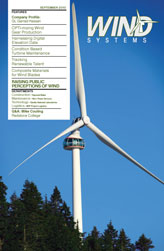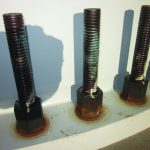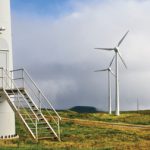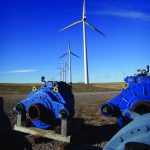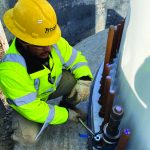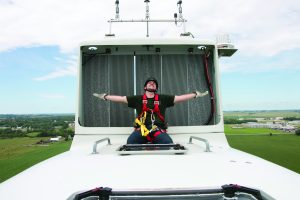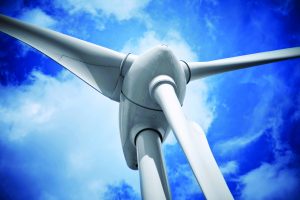Renewable energy is certainly living up to its name. To provide greater wind production and lower operational costs, wind farm “repowering” is emerging as a significant factor in an evolving wind power marketplace.
Components at highly productive wind farm sites older than 10 years are candidates for upgrading, especially where small- and mid-sized turbines are currently in place. Investors and developers are looking for increased revenue and lower costs, and they are turning to the next generation of turbines to deliver higher productivity and greater efficiencies while reducing or eliminating problems associated with aging components.
Repowering is seen as the answer. The multi-megawatt wind turbines are more efficient and quieter, and they can increase wind power production by three or four times compared with many of the turbines presently in operation. Repowering also results in large numbers of turbines entering the market. These are often dismantled and sold to provide electricity in emerging markets such as Africa and Eastern Europe.
That’s the good news. The old turbines and even towers—perhaps sold to another company—must be transported from the existing location to another location and new replacement turbines brought in to the jobsite. This is logical, but also logistically challenging, because there is now twice the volume of components to transport, and both ways. Few really thought about repowering being an additional volume issue.
A Matter of Capacity
While two-way transportation of components can provide supply chain challenges, such as increased jobsite traffic, there is yet another transportation and logistics issue with which developers must contend.
In an earlier installment of this column in Wind Systems we discussed supply chain constraints due to general equipment unavailability and the squeeze on transport capacity, not only in the United States but worldwide. In addition to new wind farm projects and those delayed for a wide range of reasons, the capacity stakes will increase, thanks to the huge potential of the repowering market.
Considering the widely varying forecasts for new and repowering projects, onshore and offshore, the demand for equipment and transportation resources could be a black hole—nobody knows for sure how many projects requiring transportation there will be.
What is certain is that competition for resources and equipment will become fierce as more and more players enter the market. The repowering segment will demand access to an already challenged supply of transportation equipment. Already, it appears that capacity shortages will be greater than was anticipated earlier this year.
If you are or will be engaged in the repowering market, you must plan earlier and with more precision than ever before in order to be prepared. Capacity requirements must be reviewed and decided at the same time as plans are being made for any wind farm project requiring equipment.
Working with an experienced project logistics resource for all your repowering transportation needs can save you a lot of headaches. A reliable resource with global sourcing capabilities and a wide range of transportation partnerships will help ensure you leave nothing to chance.
Whether transport to and from the jobsite, or advance planning to ensure that you get transportation equipment for your wind components, look for a logistics resource that can provide solutions that go beyond the usual wind power project services—a resource you can rely on in a demanding and constantly changing wind power market.
















